A quick look at the top tools for achieving professional pressing.
Pressing is crucial if you want to make professional-looking, handmade garments. Sometimes, it is easy to skip over these simple steps, but they will often make or break your sewing project! When trying to achieve that professional look, you need to use the right tools and techniques. When you know when and how to use the correct tools, your sewing projects will look better! Below you will find what I believe are the Top tools for professional pressing.
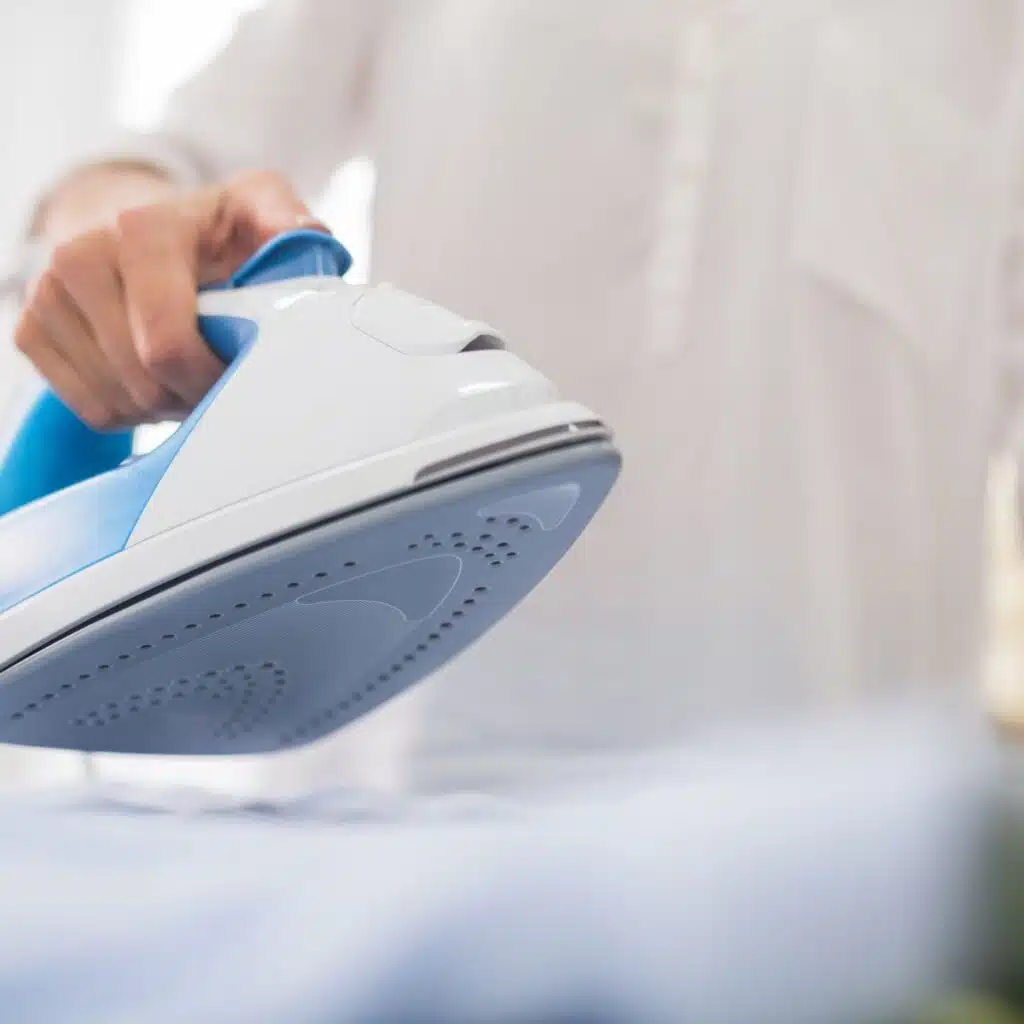
Ironing Board
Ironing boards are sturdy surfaces with a narrow end and adjustable height. It is important to press your sewing projects on a sturdy surface. The surface must be heat-resistant, even if it's not a traditional ironing board. If you don't have an ironing board, you can always purchase an ironing mat. In addition to being less expensive, they are extremely versatile.
Steam Iron
An iron with a steam function combines the benefits of a dry iron and a steam iron! My two favorite brands for home sewing are the Shark and the Rowenta. There are a variety of temperature settings and steam settings on a steam iron. It’s essential to ensure you are using the correct temperature and amount of steam for your fabric choice. You risk destroying your project by not following your pattern instructions or doing your research. It is not only possible to melt some synthetic fabrics, but it is also possible to create undesirable effects using them. Depending on the fabric, you may see the seam allowance or darts showing through when you make your impressions on the right side of your garment.

Clapper and the Point Presser
You can do a couple of things with a clapper, which is a smooth, usually wooden block. The clapper or pounding block is traditionally used to create a strong crease in trousers, collars, hems, pleats, or facings. In addition to flattening seams on bulky or lofty fabrics, a clapper can also be used on fabrics that cannot tolerate a lot of heat. A fleece, for instance. In addition to being bulky, it can also melt. The wooden block is used to apply firm pressure to the fabric after light steam is applied.
The point presser, or the tailor's board, is a wooden tool that tapers to a point. There is almost an anvil-like appearance to it. It is often used to press difficult-to-reach areas like collars, lapels, or points.
Point pressers and clappers are often combined. I prefer a clapper and a point presser because it can get a bit bulky and awkward.
Seam Roll
Seam rolls are long, cylindrical tubes covered with heavy cotton on one side and wool on the other. It is used to press open seams. Most fabrics are pressed on the cotton side, while wool is pressed on the wool side. Despite looking funny, this tool really has a useful purpose! When you press them on the seam roll, the right side of your seams will not be imprinted by the raw seam edge.
Tailor’s Ham
Like a seam roll, a tailor's ham performs the same function. But it looks more like a ham and has a more oval shape. As with the seam roll, it is padded and covered. The ham is used for flatter curves, like hip curves, princess seams, or sleeve caps. Besides shaping and contouring curved seams, darts, collars, lapels, and sleeve caps, it also helps to smooth your fabrics. In fact, you can even mold your pieces to shape with a tailor’s ham.
Sleeve Board
A sleeve board is a small, padded ironing board with a slightly different end shape than a full-size board. Presses sleeve, bag, and other narrow tube-like shapes. The sleeve board can be used on a table or sturdy ironing board to ensure stability.
Pressing Cloth
Usually, a pressing cloth is made of cotton or muslin, and it is placed between the fabric and the iron. By doing so, it prevents the garment's right side from shining.
You may not need all the Top tools for professional pressing to sew professional-looking pieces, but…it’s essential to know what they are and their function. Then you’ll know how to improvise!
LEARN TO SEW OR IMPROVE YOUR SKILLS
Do you want to start sewing but need a helping hand with the basics? Our Sewing 101 course has everything you need to start sewing confidently and improve your skills. Be sure to join our free private Facebook group.

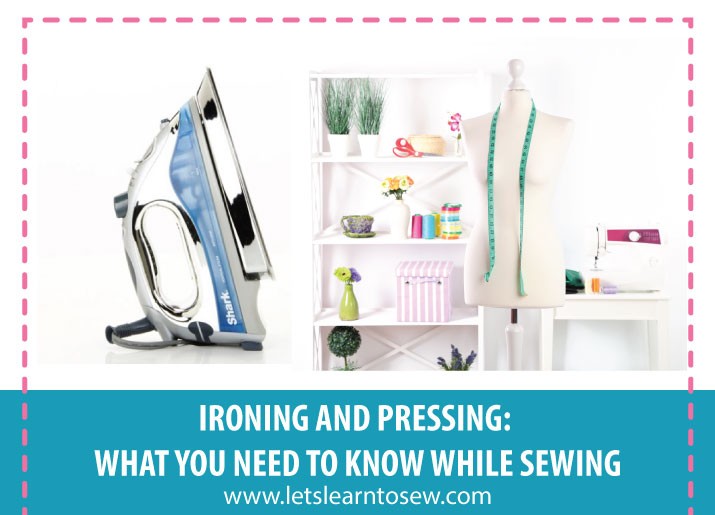

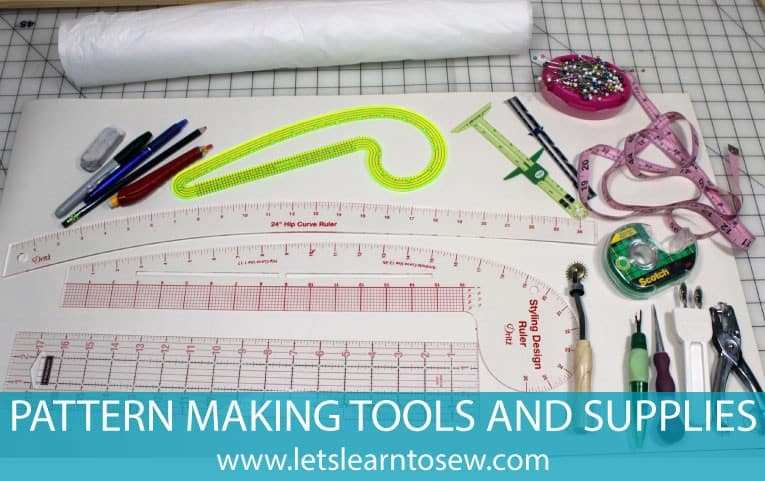

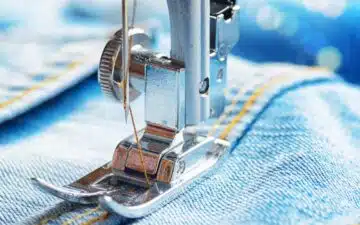
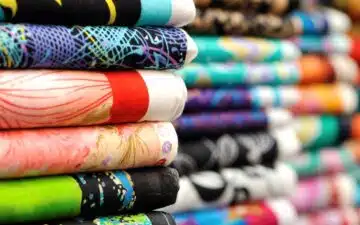
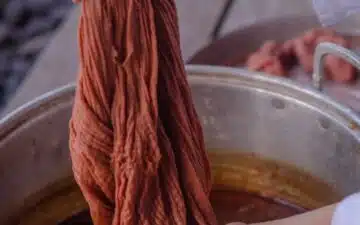
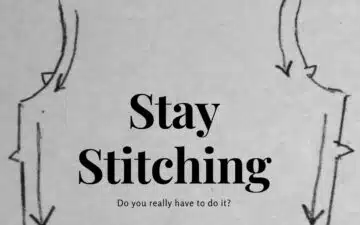
Leave a Reply